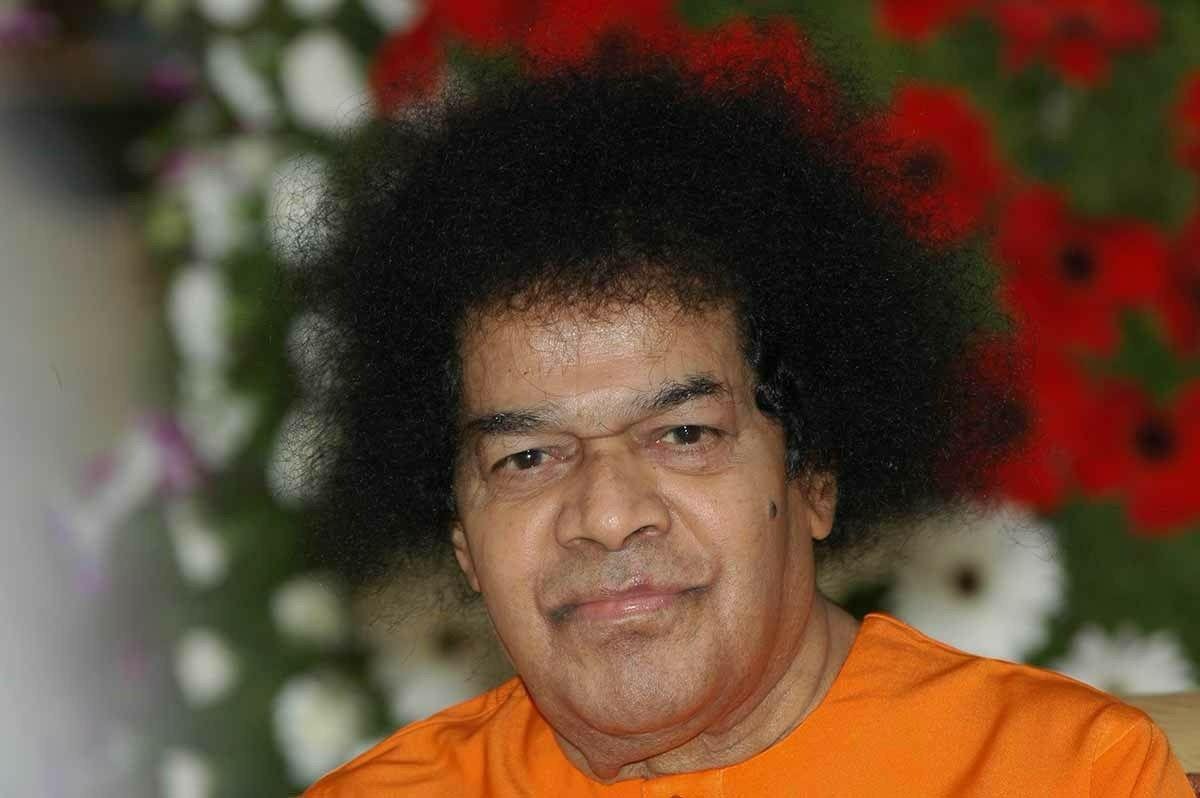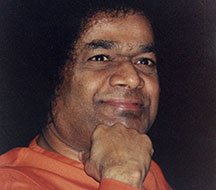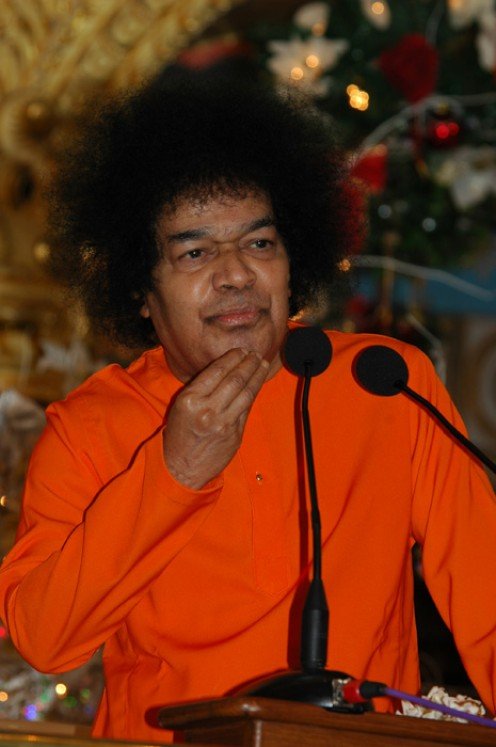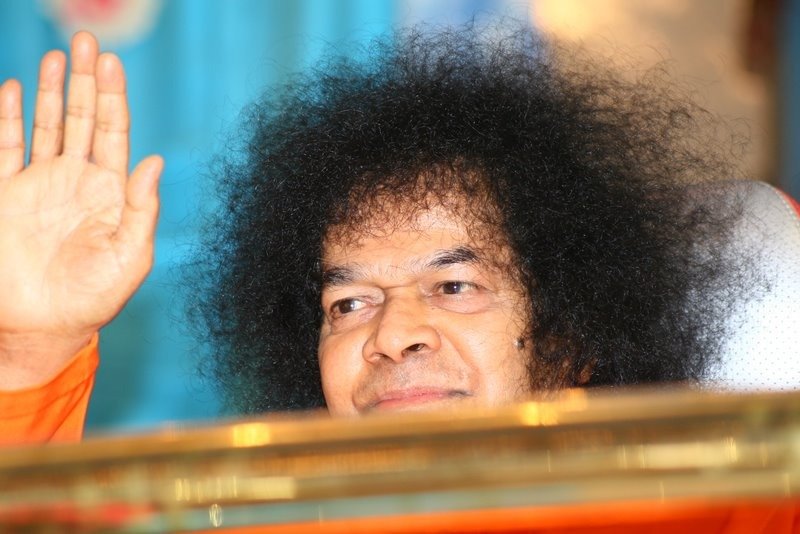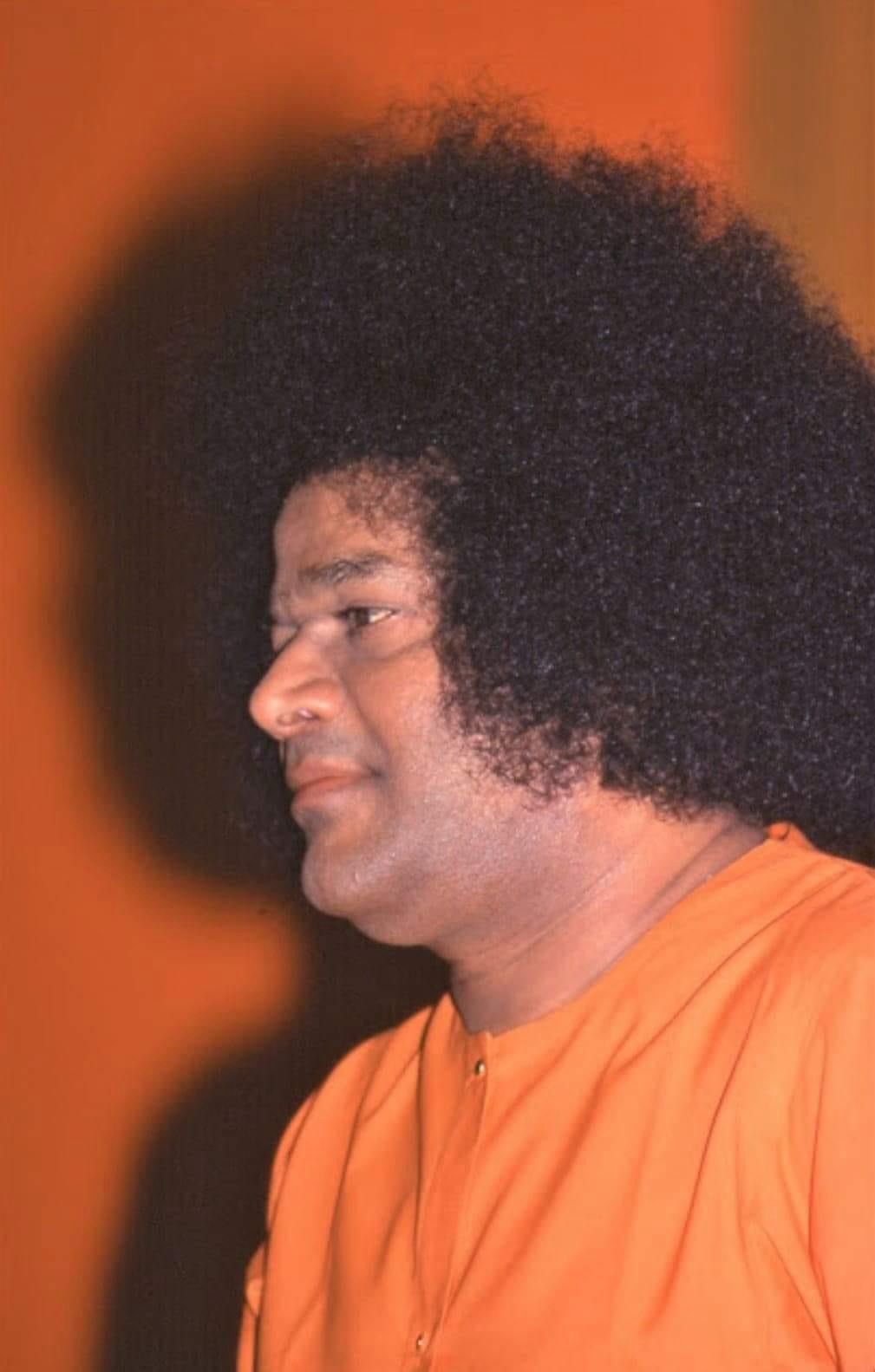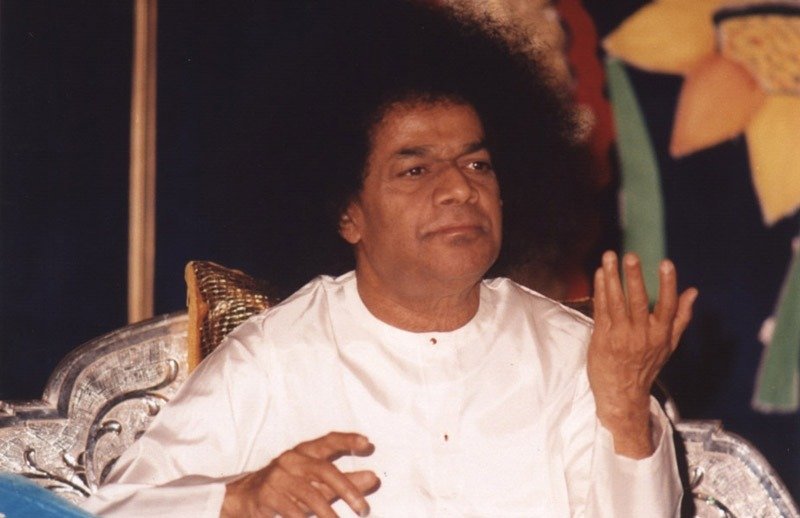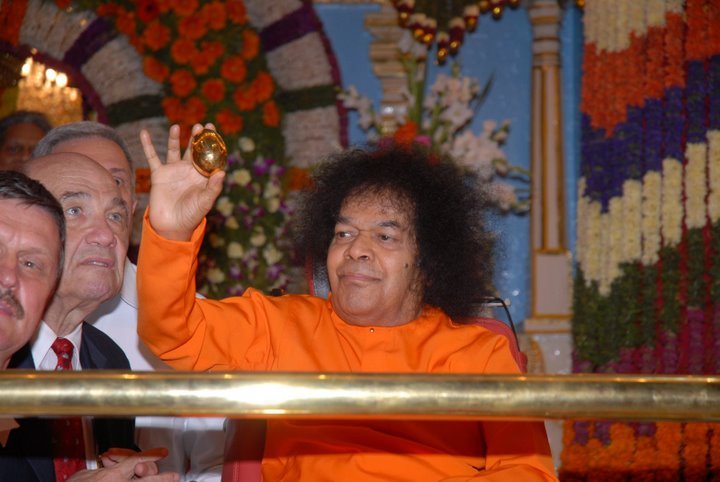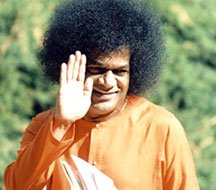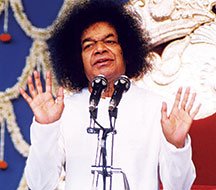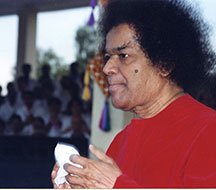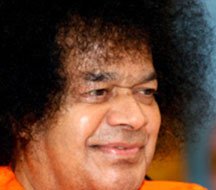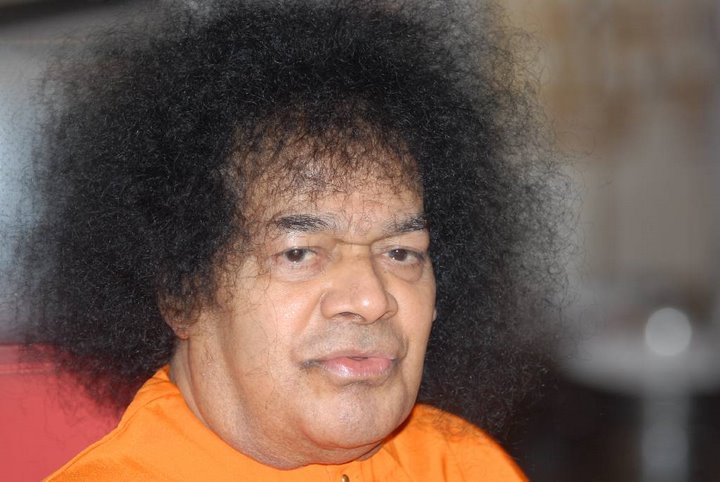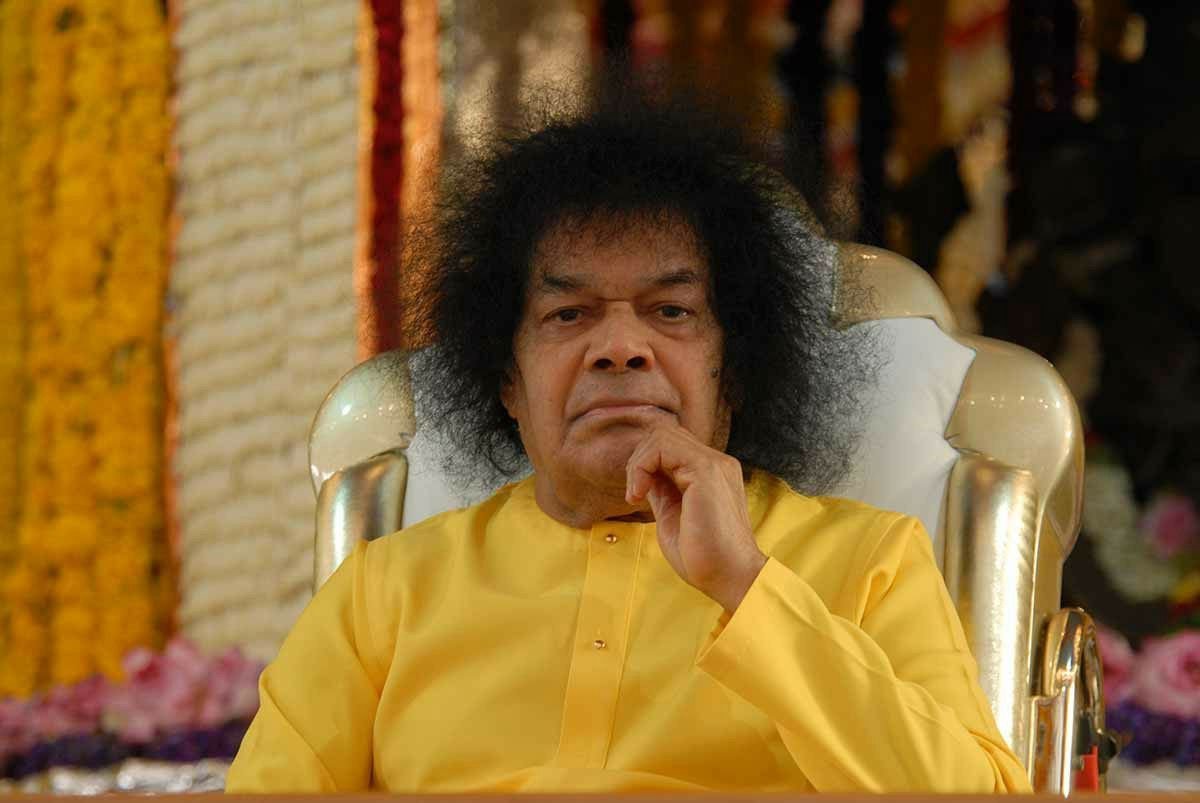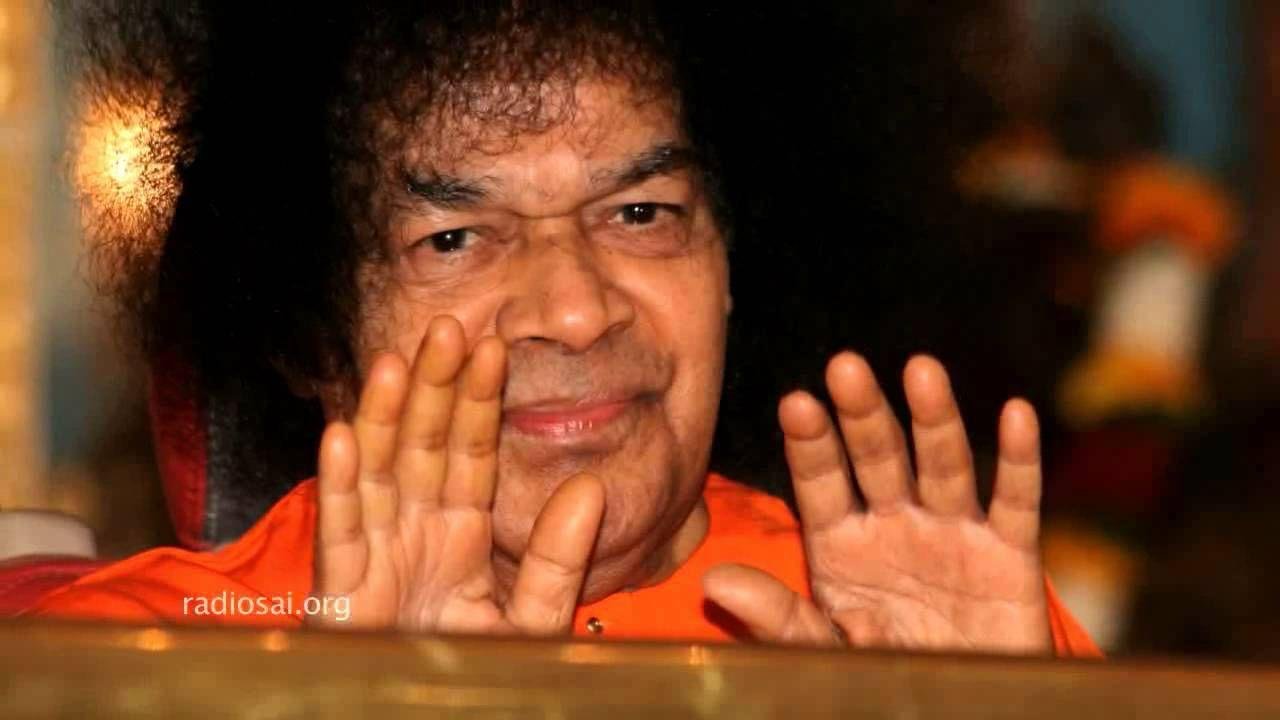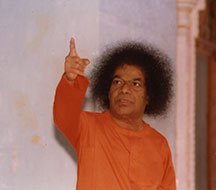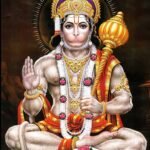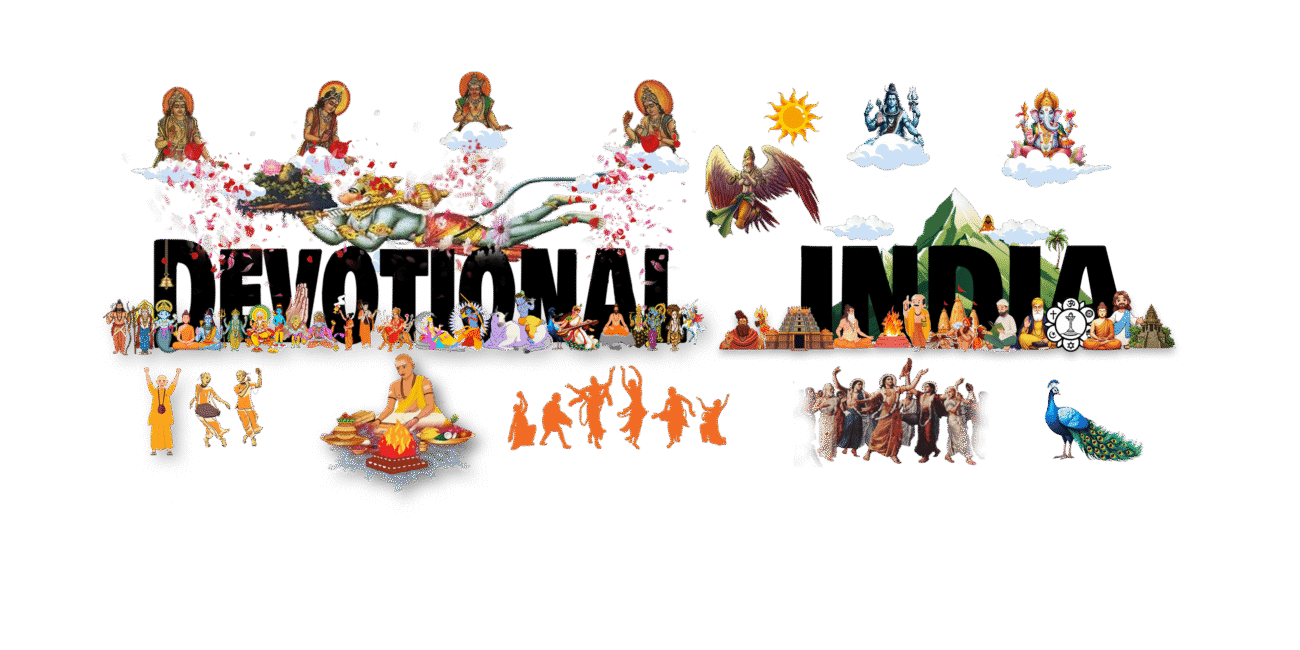Swami Patanjali Rishi

Puranic Story of Maharishi Patanjali
Maharishi Patanjali is looked upon as the incarnation of Adisesha, the cosmic serpent upon whom Lord Vishnu reclines. The sage’s life is dated between 2nd and 4th century CE by most scholars.Legend reveals that he fell into the palms of a pious, wise lady Gaunika who was praying to the Sun deity for a child, as a little snake which turned into a human form.
So Adisesha came down to earth as Patanjali to teach the science of Yoga for physical, emotional, socia, and spiritual wellness of the human community.
Patanjali put 3 conditions for imparting his vast knowledge
He would not teach to less than 1000 students
None of the disciples must be distracted or get up while learning
Patanjali put 3 conditions for imparting his vast knowledge
He would not teach to less than 1000 students
None of the disciples must be distracted or get up while learning
He would teach only from behind a curtain that should not be lifted by anyone
So a thousand students assembled to the South of Vindhya Mountains. As Patanjali was teaching, each student was amazed they were taught personally and became engrossed in absorbing the knowledge.
Suddenly a young boy had a strong urge for nature’s call and left the class quietly hoping to return unnoticed. Soon after others became restless and when another student who got tempted out of curiosity lifted the curtain, all 999 disciples were reduced to ashes!The rules for learning were violated.

Patanjali became sad that all efforts to impart knowledge were wasted.

The young boy returned and begged for forgiveness.
Patanjali felt compassionate and transmitted all knowledge to him. Since he had not abided by the condition of not getting up during the discourse, Patanjali had to turn him into a BrahmaRakshas – a ghost who has accumulated a lot of knowledge! He would be stuck to a tree but if he found a worthy student to whom he could pass on his learnings, the BrahmaRakshas would be released from the curse and liberated.
It is said that Patanjali himself came as his student centuries later, and using his nail as a pen, blood as the ink, and dry leaves as paper, wrote down the teachings to preserve the knowledge.
It is this disciple who later became Sri Govindapada, the Guru of Shri Adi Shankaracharya!
Incredible contribution of Maharishi Patanjali to humanity
Patanjali wrote three powerful scriptures to share an ocean of wisdom with mankind.
- Patanjali Tantra
A primordial source on Ayurveda about wellness, health and medicine for ailments.
2. Maha Bhashyam
An elaborate commentary on ‘Ashtadhyayi” ( 8 chapters) – a treatise on every aspect of Samskritam grammar written in the 6th to 5th century BCE by the greatest grammarian Panini, about which linguists & litterateurs marvel the world over, even till today!
3. Yoga Sutras
Compilation and systematisation of innumerable yoga practices that became the foundational text of Yoga practiced for eons.
Patanjali Yoga Sutras
The Patanjali Yoga Sutra is the oldest known text on the subject of Yoga and is the most renowned among his contributions The text establishes the practice and philosophy of yoga in short pithy and succinct statements known as aphorisms. Sutras are like precise formulae – unambiguous, highly meaningful, applicable, irrefutable and cannot be understood without a commentary . There are 196 aphorisms, divided into 4 chapters.
Yoga has many meanings – relations, means, union, knowledge, matter, logic and so on….the meaning of Yoga is upaya, which means path or way which we follow or by means of which we can attain something.What then is the path we should follow?What or whom should we seek to attain?The mind should seek to attain what is best…mind seeks the Universal Self….Thus, the way of establishing the mind in the Self should be known as Yoga.” – Yoga Mala authored by renowned Astanga Yoga Master Shri.K.Pattabhi Jois
Patanjali gives an 8 step approach called the Ashtanga ( 8 limbs)Yoga as a set of guidelines to reach the highest state of Yoga.
Swami Vivekananda’s famous and highly influential book “ Raja Yoga”, published in 1896 and adapted for the western audience, was based on the principles of Ashtanga Yoga! Raja Yoga was meant to channel one’s will power to raise one self.
Yama, Niyama, Asana, Pranayama and Pratyahara are classified under Bahiranga Yoga – the external aspect.
Dharana, Dhyana and Samadhi are classified under Antaranga Yoga – the internal aspect.

Yoga has been an integral part of Indian Civilization for thousands of years. There are many scriptures on Yoga, each of these texts describe different kinds of Yoga like Bhakti Yoga, Karma Yoga ,
Jnana Yoga, Kundalini Yoga, Ashtanga Yoga as various paths in the journey of the Yogi. In this ocean of wisdom, Asanas ( Yogicpostures) & Pranayama ( breath regulation & control) are more widely known and practiced than others.
The entire process of Yoga is actually a journey of antahkaranasuddhi ( purification of mind-body-sense complex) in order to recognise and understand that the answer to the question “Who am I ‘, lies in the secret knowledge तत् त्वम् असि Tat Tvam Asi (That Thou Art)!
Source – Chintan indian Foundation


